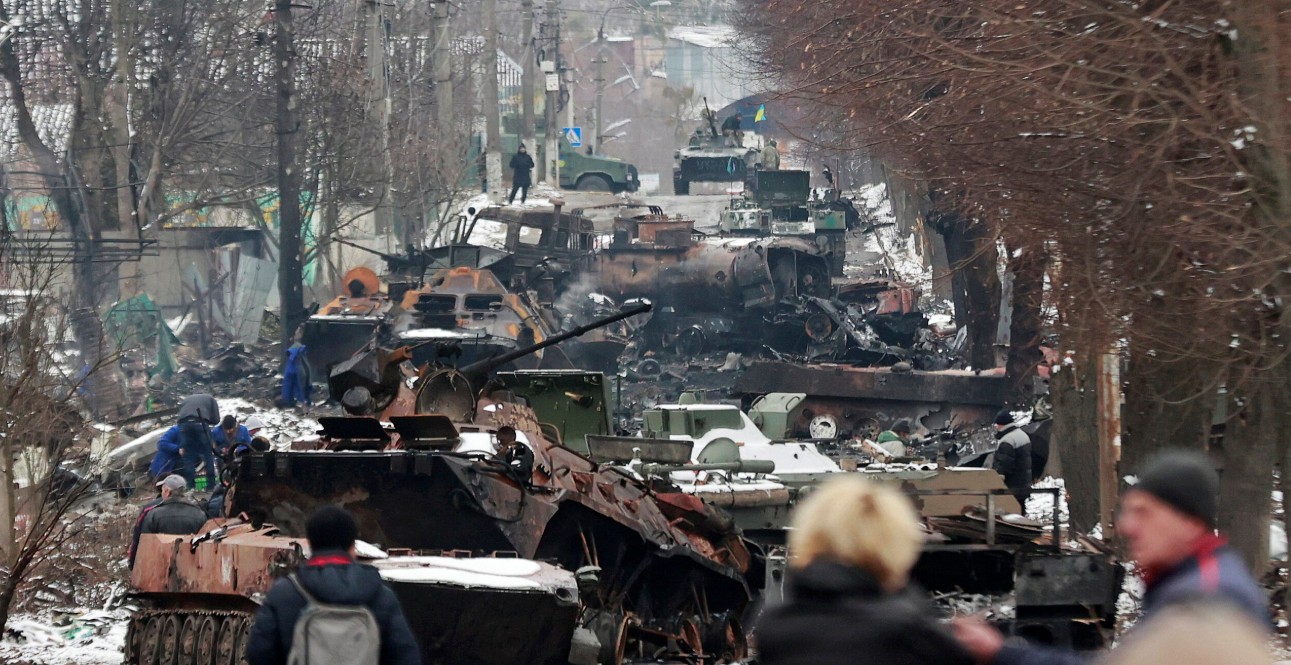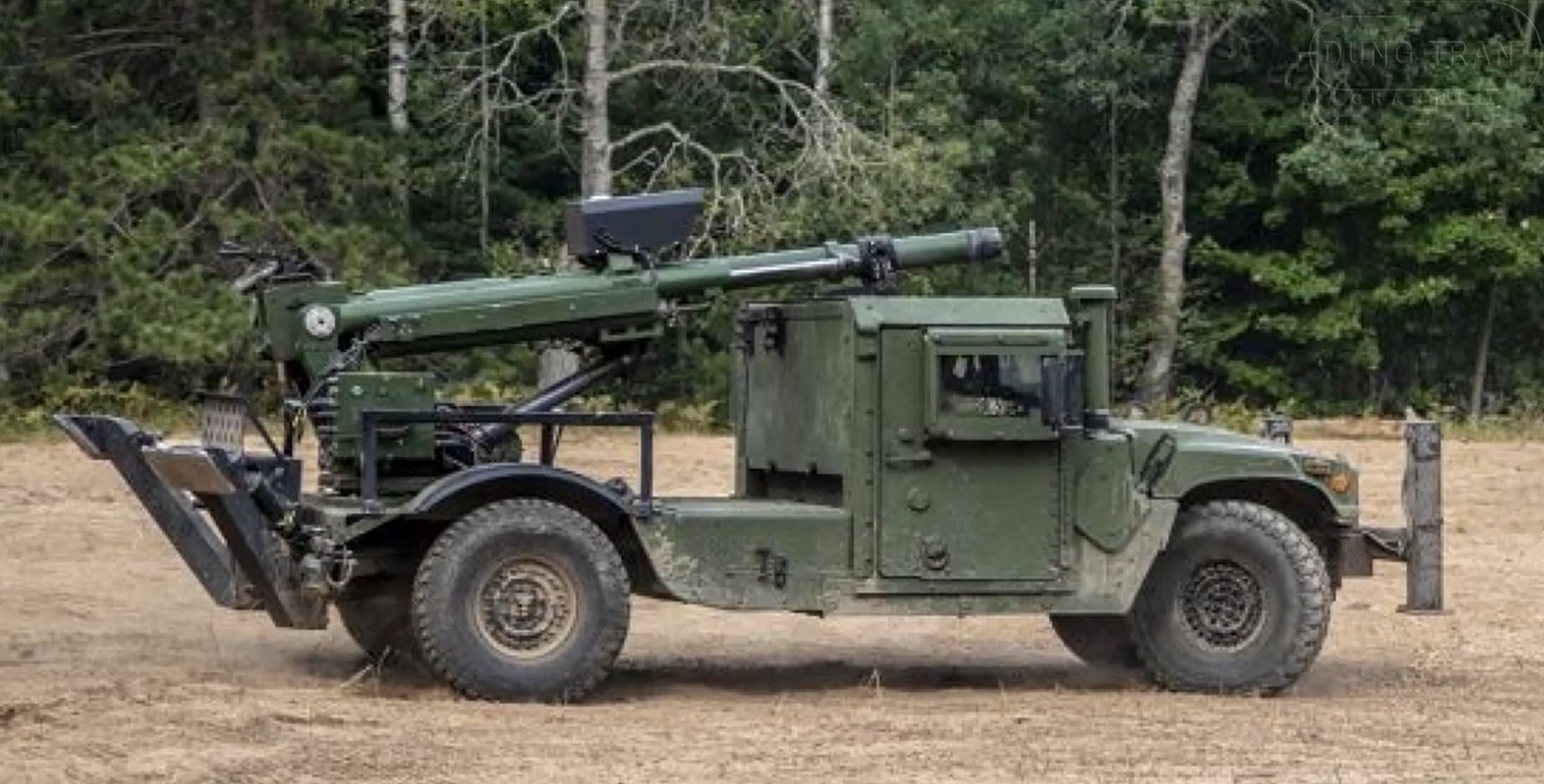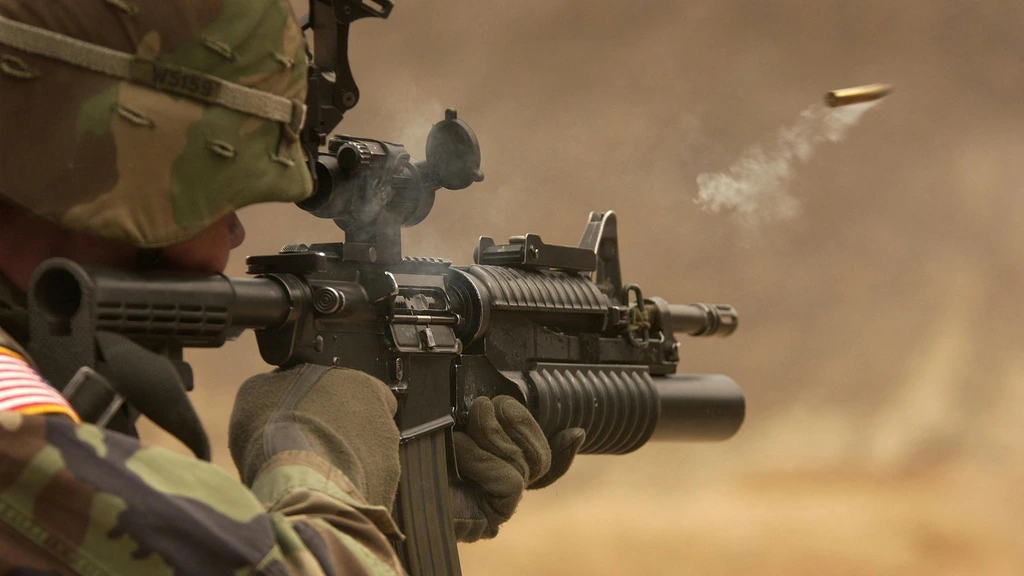Understanding the Importance of Fast Deployed Military Pontoon Bridges
Military pontoon bridges are critical assets for armies needing to traverse water obstacles. These bridges, constructed using floating pontoons, offer quick deployment in combat zones. The efficiency and speed at which these bridges can be assembled and disassembled are vital for maintaining mobility and strategic advantages on the battlefield.
Types of Military Pontoon Bridges
There are several types of military pontoon bridges, each designed to cater to specific needs:
- Standard Pontoon Bridge: Typically used for temporary crossings, these bridges are lightweight and easy to assemble.
- Heavy Pontoon Bridge: Designed to support heavier vehicles and equipment, these can sustain heavier loads but take longer to deploy.
- Assault Bridge: Engineered for rapid deployment during an assault, providing quick access over narrow water obstacles.
Key Features of Modern Military Pontoon Bridges
Modern military pontoon bridges come equipped with advanced features:
- Modularity: Components are designed to be interchangeable, facilitating quick repairs and customization based on the mission’s needs.
- High Load Capacity: They are built to carry heavy military vehicles, including tanks and armored personnel carriers.
- Rapid Deployment Mechanisms: Specialized equipment and training ensure that soldiers can deploy the bridges swiftly.
Technical Specifications
| Type | Load Capacity | Deployment Time | Material |
|---|---|---|---|
| Standard | 30 tons | 30-60 minutes | Aluminum, steel |
| Heavy | 60 tons | 60-120 minutes | Steel |
| Assault | 15 tons | 15-30 minutes | Composite materials |
Deployment Process
Deploying a military pontoon bridge involves several steps:
- Site Assessment: Engineers assess the width and flow of the waterway to determine the best location and bridge type.
- Component Assembly: Pontoons, roadways, and connecting elements are assembled on-site.
- Launching: Using boats or other launching vehicles, the bridge is placed on the water.
- Secural: Once in position, the bridge is anchored to the riverbanks and adjusted for stability.
Challenges in Pontoon Bridge Deployment
While pontoon bridges offer significant advantages, they also present challenges:
- Accessibility Issues: Rugged terrains and enemy fire can hinder the deployment process.
- Weather Conditions: Adverse weather such as strong currents or wind can affect stability and safety.
- Logistical Coordination: Ensuring the availability of all necessary components and personnel at the correct time and place is critical.
Historical Use of Pontoon Bridges
Pontoon bridges have been used throughout history in various military campaigns. During World War II, they played a crucial role in the Allied forces’ ability to traverse the numerous rivers in Europe. The Bailey Bridge, though not a true pontoon, was a modular design that saw wide use due to its quick assembly time and load capacity.
The Future of Military Pontoon Bridges
Future advancements in pontoon bridge technology are likely to focus on enhancing material strength while reducing weight. Innovations in composite materials and automated assembly could significantly decrease deployment times, thereby increasing operational efficiency. Additionally, integrating advanced stabilization systems to counteract adverse weather conditions will be a major focus.
In summary, fast deployed military pontoon bridges remain an indispensable tool for armed forces across the globe. Their ability to provide rapid, reliable crossings over water obstacles can make the difference in critical military operations.









